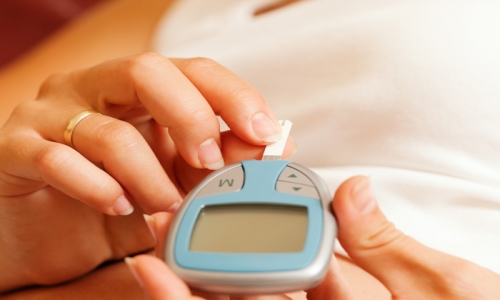17 Aug 2018

Infertility or sterility is defined as the impossibility of procreation due to various factors.
Men are directly responsible for 2/3 of infertility cases worldwide, according to the World Health Organization (WHO).
The causes of male infertility are many and varied, and it is up to the attending physician to diagnose and to provide the appropriate solutions.
The different forms of male infertility
According to WHO statistics, the most common cause of male infertility is the total absence of sperm in the testes, which may simply be poorly positioned compared to normal . This is called azoospermia.
The latter is caused by a dietary deficiency, an excess of alcohol consumption, an increase of ill-treated fever, chemotherapy or addiction to drugs.
Diabetes, obesity, drug addiction, heavy antibiotic or corticosteroid treatments can, for their part, reduce the amount of sperm to less than 30 million / ml, leading to oligospermia.
In some cases, sperm motility may be slowed down by 40%. We are talking about as then ospermia.
When the number of genetically abnormal spermatozoa (malformation of the head, flagellum, etc.) exceeds 60%, we are faced with a case of teratospermia. The attending physician will look for signs of old or recent infections in this case.
Possible treatments
Treatments for male infertility depend on the diagnosis made by the treating physician after a detailed interview concerning the course of puberty and the period that follows, medical tests, ultrasound and in some cases, a biopsy.
Medical treatments
These treatments vary according to the origin of infertility in humans.
Thus, antibiotics will be prescribed if the patient suffers from prostatitis (infection of the prostate).
In the case of testicular function failure, hormones may be prescribed.
The administration of corticosteroids is also possible in certain infertilities of immunological cause. This is the appearance of antibodies against spermatozoa.
Surgical techniques
When the patient suffers from bilateral obstacles in the epididymis or vas deferens, or has previously undergone a vasectomy, specialists can propose surgery to restore the permeability of the genital tract.
When the patient suffers from a testicular varicocele (this is the development of varicose veins around the veins surrounding the testicles and causing a disturbance in the formation of spermatozoa), the attending physician may propose a surgical treatment either by conventional inguinal or abdominal incision, or by laparoscopy.
These interventions aim to ligate the spermatic veins in their upper portion, so as to cause involution of the cord veins.
Reproductive medical assistance (MPA) MPA
Techniques are often one of the best solutions given the often modest success rate of medical or surgical treatments.
As a first step, the attending physician may propose artificial insemination.
This technique makes it possible to increase the probability of fertilization since the sperm is placed in the cervix or uterine cavity, which increases the chances of survival of the spermatozoa and consequently the probability of pregnancy.
If after 3 to 4 attempts no positive result is achieved, the attending physician will generally offer IVF (in vitro fertilization) or an ICSI.
The latter technique involves injecting a sperm into the egg with a micropipette.
Nowadays, infertility, whether male or female, is no longer a major problem. More and more couples are able to overcome this challenge with modern medicine and advanced techniques.
However, a healthy lifestyle, a healthy diet and follow-up by a specialist are needed to cope with infertility.




